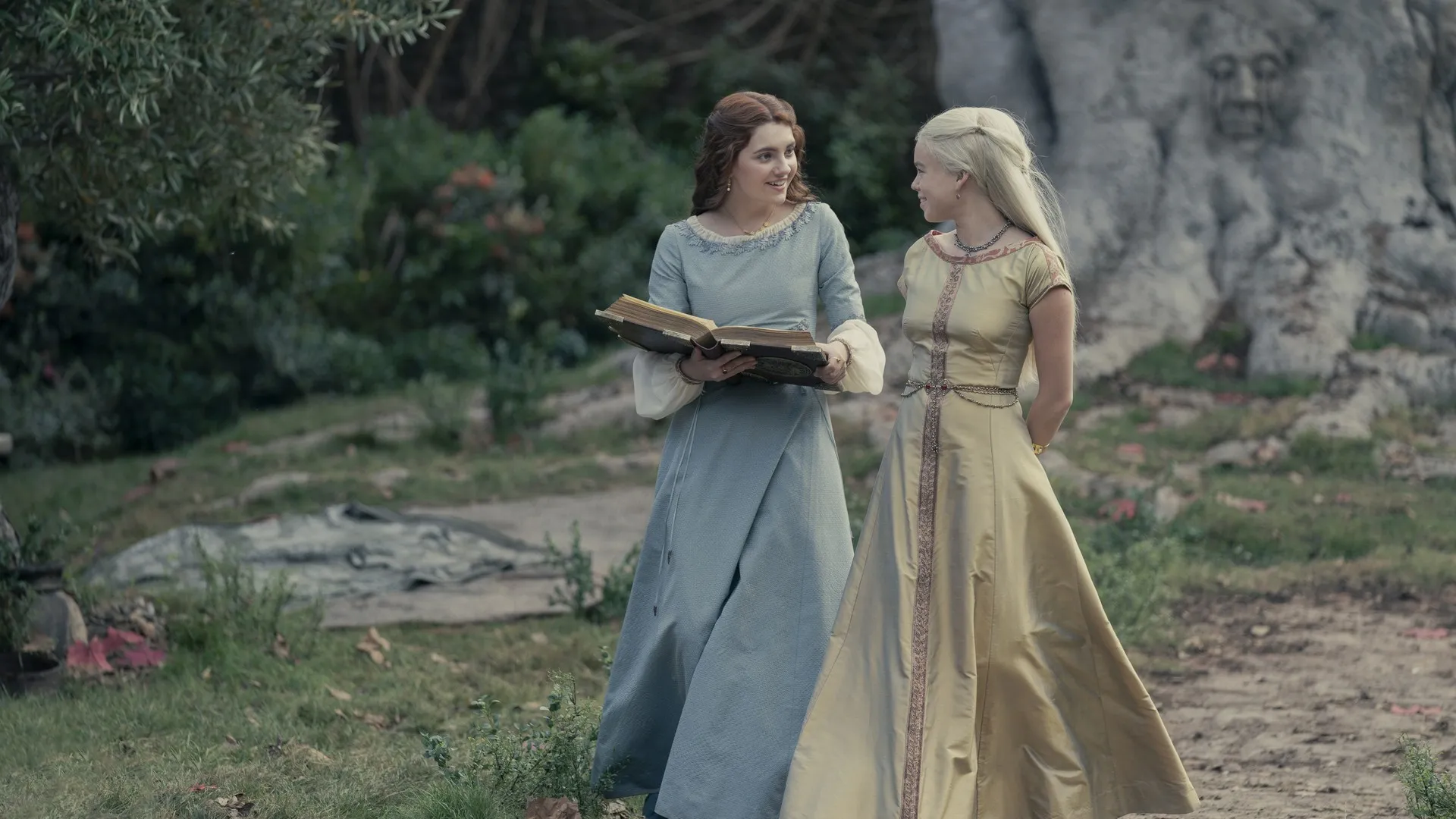
Review: The Heirs of the Dragon (House of the Dragon Season 1, Episode 1)
The highly anticipated premiere of House of the Dragon, HBO's prequel to the globally acclaimed Game of Thrones, had immense expectations to meet. With its focus on the rise and fall of House Targaryen, the first episode, The Heirs of the Dragon, sets the tone for an epic tale of power, legacy, and familial conflict.
Opening Sequence and World-Building
The episode begins with a prologue that succinctly establishes the political context: King Jaehaerys I Targaryen, the "Conciliator," calls a council to determine his successor. His decision to name Viserys Targaryen as heir over Rhaenys Targaryen, despite her claim as the daughter of the elder prince, introduces the theme of gender bias—a motif that resonates throughout the episode.
This historical framing not only serves as a nod to A Song of Ice and Fire lore but also immediately immerses viewers into the complex and often brutal world of Westeros. The narrative picks up nine years into Viserys I’s reign, painting a picture of a kingdom enjoying relative peace but brimming with undercurrents of tension.
The Characters and Their Relationships
The episode skillfully introduces the main players in this unfolding drama:
-
King Viserys Targaryen (Paddy Considine) - Viserys comes across as a well-meaning but politically naïve ruler. His desire for stability contrasts with the storm brewing around him, and his reluctance to confront difficult truths sets the stage for future conflicts.
-
Princess Rhaenyra Targaryen (Milly Alcock) - As the king's daughter, Rhaenyra is bold, intelligent, and fiercely independent. Her close bond with her dragon, Syrax, and her evident frustrations with being sidelined due to her gender establish her as a central figure in the struggle for power.
-
Daemon Targaryen (Matt Smith) - Daemon emerges as the most magnetic and dangerous character in the episode. As Viserys’ younger brother and commander of the City Watch, he is equal parts charming, reckless, and brutal. His violent reforms of the City Watch and his provocative antics underscore his volatility.
-
Alicent Hightower (Emily Carey) - As the daughter of Ser Otto Hightower, the Hand of the King, Alicent exudes grace and subtle ambition. Her interactions with Rhaenyra hint at a deep friendship that may later be tested by political maneuvering.
-
Ser Otto Hightower (Rhys Ifans) - The calculating and pragmatic Hand of the King immediately positions himself as a counterweight to Daemon. Otto’s political instincts and subtle manipulation of the king are reminiscent of classic Game of Thrones schemers like Tywin Lannister.
Key Themes and Story Arcs
The episode revolves around several thematic pillars:
-
Legacy and Succession: Viserys’ obsession with producing a male heir highlights the patriarchal nature of Westerosi politics. This desire blinds him to the potential of his daughter, Rhaenyra, and creates rifts within his family.
-
Gender and Power: Rhaenyra and Rhaenys both grapple with the limitations imposed by their gender in a society that prioritizes male rule. Rhaenys’ bitter observation to Rhaenyra, “Men would sooner put the realm to the torch than see a woman ascend the Iron Throne,” is one of the episode’s most poignant lines.
-
Violence and Brutality: The jousting tournament juxtaposed with the tragic birth scene underscores the cost of power. The violent and chaotic energy of the tournament reflects the instability brewing in the kingdom, while Aemma’s death highlights the human cost of patriarchal ambition.
Visuals, Direction, and Music
Visually, the show is stunning. The sweeping shots of King’s Landing, the Red Keep, and the dragons bring Westeros to life in grand fashion. The dragons, Syrax and Caraxes, are awe-inspiring, showcasing their immense power and significance to House Targaryen.
Director Miguel Sapochnik, a veteran of Game of Thrones, masterfully balances intimate character moments with epic set pieces. The birthing scene of Queen Aemma Arryn is particularly harrowing, delivering a visceral and emotional punch that sets the tone for the series’ darker storytelling.
Ramin Djawadi’s score is another standout element. The familiar strains of the Game of Thrones theme are interwoven with new motifs, creating a sense of continuity while establishing a unique identity for the prequel.
Standout Scenes
-
The Council Meeting: The political tension between Otto Hightower and Daemon Targaryen establishes the stakes and personalities of the primary players.
-
The Jousting Tournament: A thrilling spectacle that descends into chaos, mirroring the underlying fragility of the Targaryen dynasty.
-
The Birth Scene: Perhaps the episode's most powerful moment, this sequence juxtaposes the celebration of male heirship with the devastating cost of Queen Aemma’s life.
-
Rhaenyra’s Coronation: The episode concludes with Viserys naming Rhaenyra his heir, a monumental decision that sets the stage for the Dance of the Dragons.
Strengths
- A strong cast delivering nuanced performances, especially Matt Smith and Milly Alcock.
- Intricate world-building that respects the source material.
- Thematically rich storytelling with a focus on legacy, gender, and power.
- Stunning visuals and a haunting musical score.
Weaknesses
The episode’s dense exposition might be overwhelming for viewers unfamiliar with Game of Thrones or George R.R. Martin’s lore. Additionally, some characters, such as Corlys Velaryon, are underutilized in the premiere, though their roles are likely to expand in future episodes.
Final Thoughts
The Heirs of the Dragon is a triumphant return to Westeros, delivering a compelling blend of political intrigue, personal drama, and visual spectacle. While it leans heavily on its predecessor's legacy, the episode confidently carves out its own identity by focusing on the Targaryens’ internal struggles. It is a promising start to a series that aims to explore the complexities of power and family in a way that feels both familiar and fresh.
Rating: ★★★★½ (4.5/5)
- Hits: 200


































